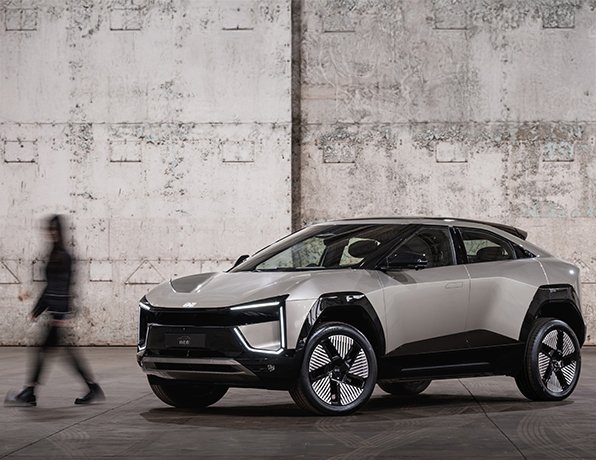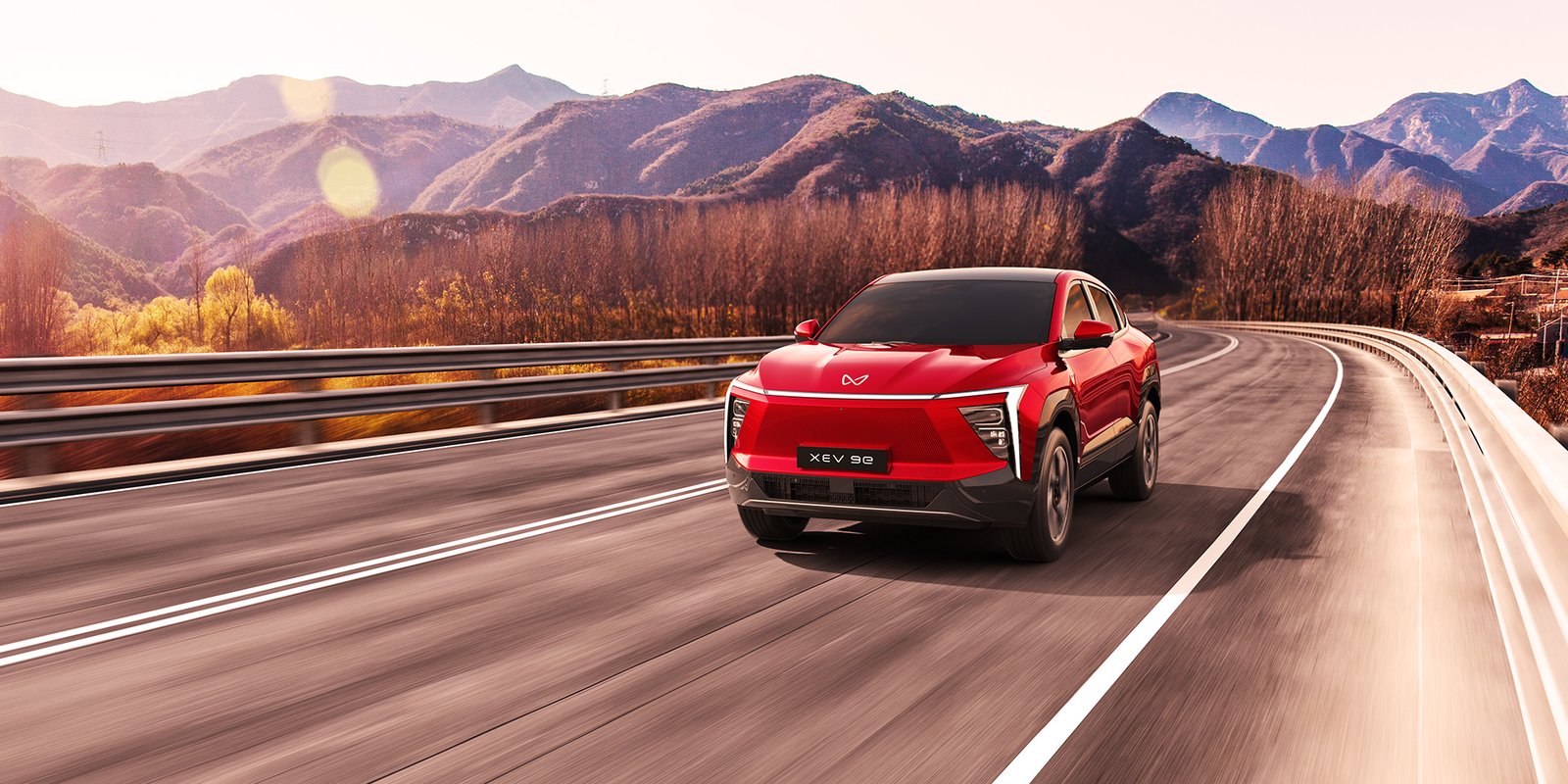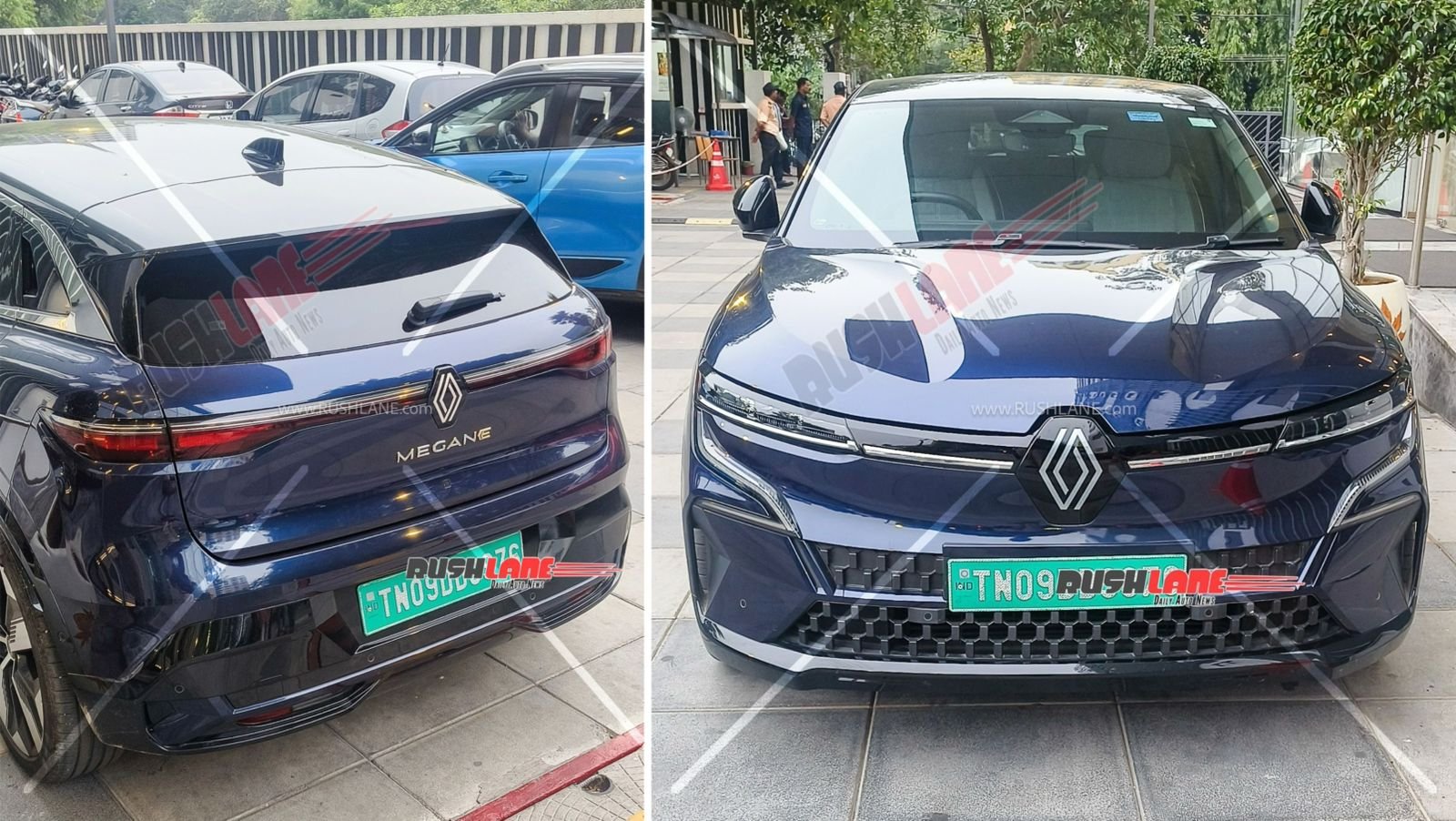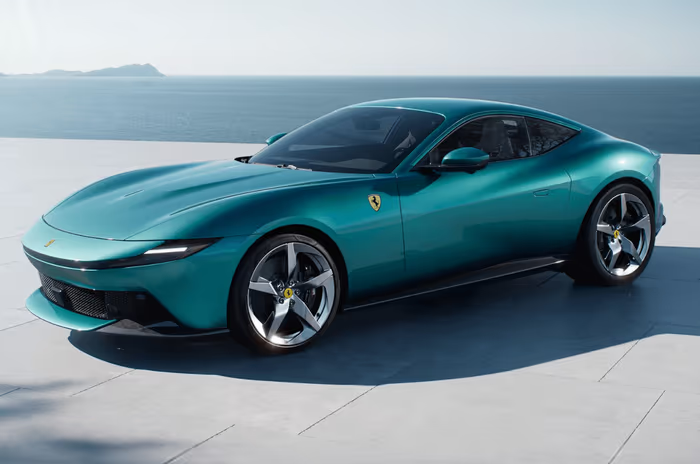Photo Credit: Mahindra
Mahindra & Mahindra (M&M), one of India’s leading SUV and commercial vehicle manufacturers, is preparing to implement a price hike across its portfolio. Despite posting a strong 18% growth in SUV sales in June 2025, the company is feeling the pressure of rising input costs and inflation. The potential price revision is aimed at safeguarding margins while continuing its aggressive expansion in electric mobility and new product launches.
Strong Sales Don’t Shield Against Inflation
In June 2025, Mahindra sold 47,306 SUVs, up from 40,022 units in June 2024, cementing its position as the second-largest SUV seller after Maruti Suzuki. Models like the XUV 3XO, Thar Roxx, XUV700, and Scorpio-N continue to drive robust demand across urban and rural India.
However, soaring production costs—especially those related to key raw materials like steel, aluminum, plastics, and semiconductors—have strained profitability. While sales volumes are healthy, the company is facing growing cost pressures that are likely to result in price adjustments soon.
Rising Input Costs Driving the Decision
According to Mahindra’s top leadership, the company has been grappling with continuous increases in the cost of raw materials and vehicle components. The ongoing global inflation and volatile commodity prices have contributed significantly to rising expenses across the supply chain.
In response, Mahindra is considering a price hike of up to 3% across its SUV and commercial vehicle range. Although the final figures may vary by model and variant, the upward revision is expected to be implemented shortly.
Supply Chain Challenges and EV Expansion
Mahindra’s focus on electric mobility, led by models like the XUV400, XUV 9e, and upcoming BE range, also demands substantial investment in new-age components, including rare earth materials and advanced electronics. With global shortages and supply bottlenecks impacting timelines and costs, Mahindra is investing in supply chain resilience and localization.
A price increase would also help support these strategic investments and ensure continued progress on EV launches, infrastructure, and R&D initiatives.
How the Price Hike Could Affect Buyers
While the expected increase is relatively moderate, in the range of 2-3%, it could translate to an additional ₹25,000 to ₹90,000 on higher-end SUVs. For example, buyers of the XUV700, Thar, or Scorpio-N could face noticeable price changes depending on the variant.
However, Mahindra is reportedly trying to absorb a portion of these increased costs internally, with the goal of passing on only what’s essential to customers. This customer-first strategy is designed to retain Mahindra’s competitive pricing edge in a crowded SUV market.

Broader Market Context
Mahindra isn’t the only automaker adjusting prices in 2025. Several key players—including Maruti Suzuki, Tata Motors, Hyundai, Kia, Honda, Renault, and BMW—have already increased prices earlier this year, citing similar challenges. The industry-wide inflation in production costs and the shift toward electric and connected mobility have added to the financial strain.
Mahindra had previously raised prices in April 2025 by a similar margin. The current move signals continued pressure and the need for periodic calibration to balance cost and competitiveness.
Strategic Timing Before the Festive Season
With the festive season approaching and new model launches on the horizon—including affordable EV trims like Pack 1 and Pack 2—the timing of the price revision is significant. Buyers hoping to secure a Mahindra SUV at current prices may consider advancing their purchases.
Dealers have also started reporting an uptick in booking inquiries as customers anticipate a price hike.
What Consumers Should Do Now
- Book Early: Customers planning to buy Mahindra vehicles, especially premium SUVs or EVs, may benefit by booking before prices are officially revised.
- Check Variant-Specific Prices: Not all models will see uniform price hikes. Buyers should inquire about changes expected on specific trims or editions.
- Evaluate Alternatives: With most brands revising prices, comparing models within the same segment becomes essential to find the best value.
Conclusion
Mahindra’s hinted price hike is a strategic move driven by rising input costs, supply chain challenges, and the push toward EV expansion. While the brand remains committed to delivering customer value, the adjustments are necessary to maintain profitability and innovation momentum. For prospective buyers, now may be the best time to lock in a Mahindra SUV at existing prices before the hike takes effect.
Follow us for latest updates:




